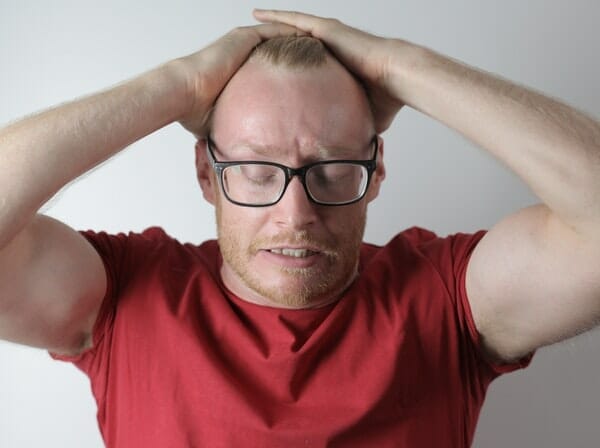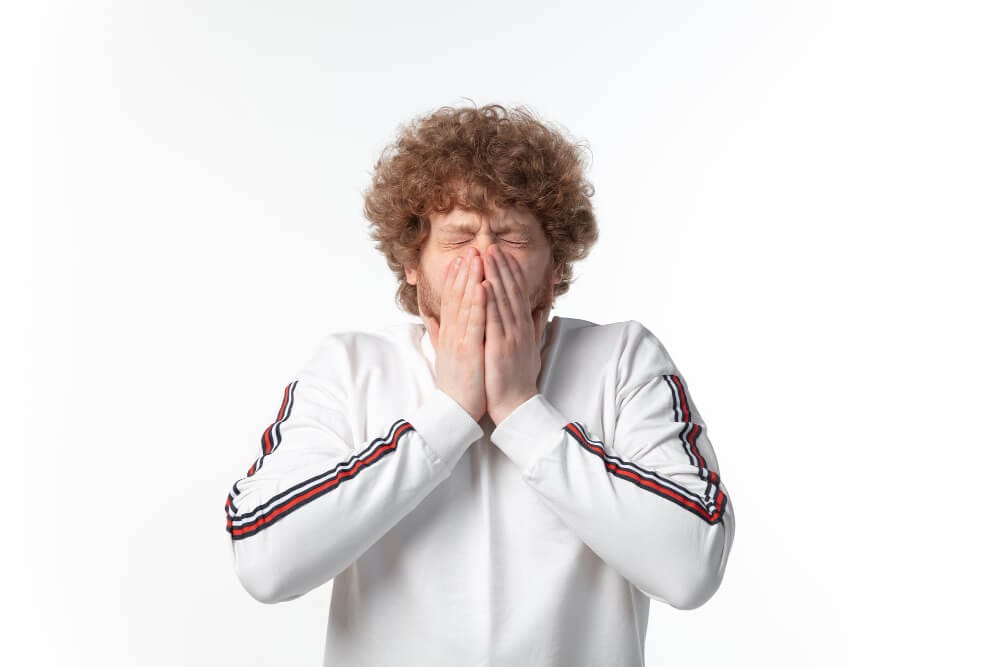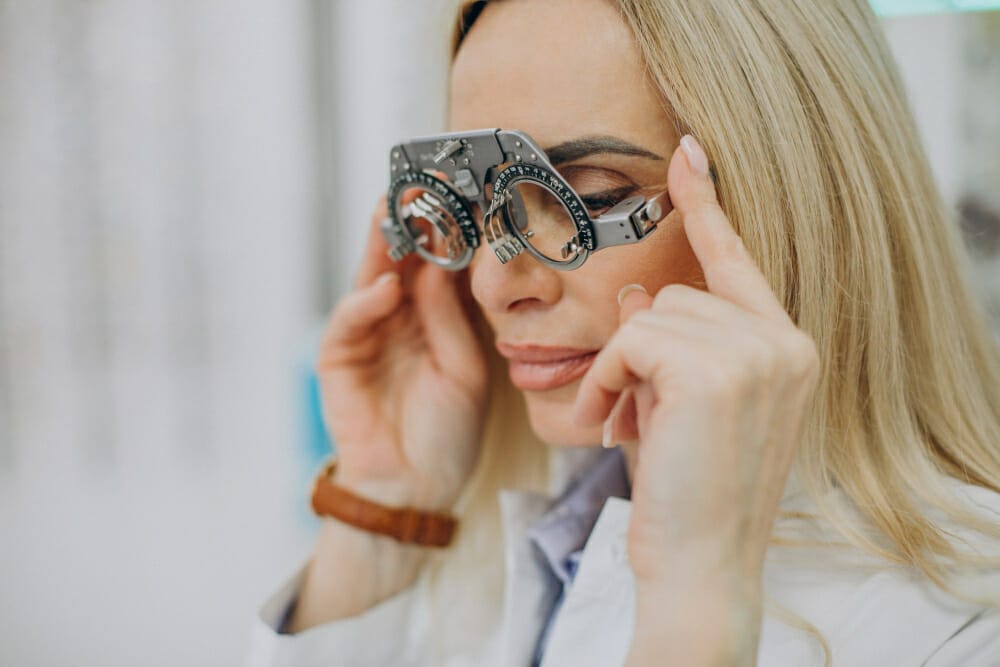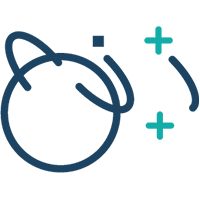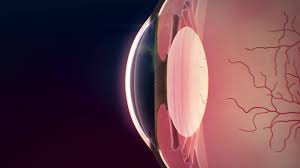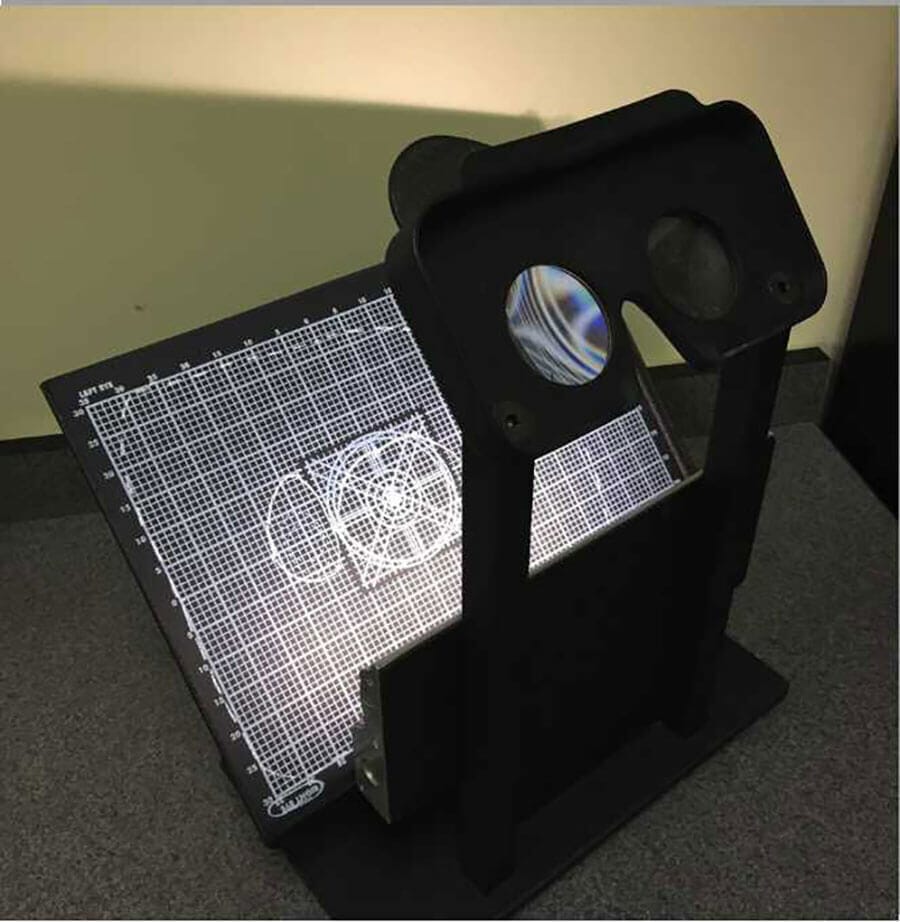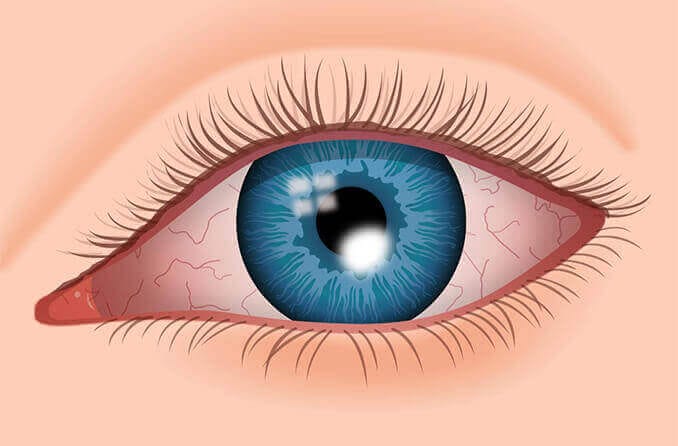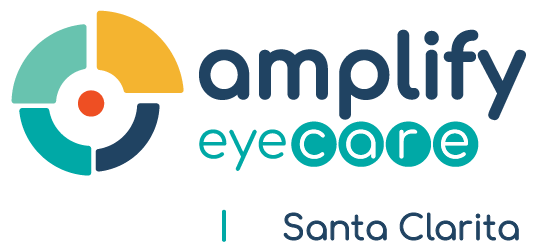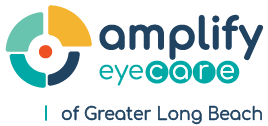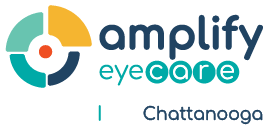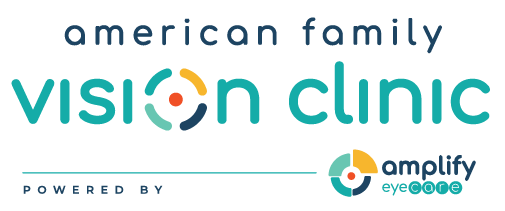If you are experiencing photophobia and it is severe, persistent, or causing discomfort, it is important to see a neuro optometrist. You should also see a neuro optometrist if you are experiencing other symptoms that may be related to an underlying condition, such as eye pain or changes in vision. In many cases light sensitivity can be remedied by using filtered lenses or binasal glasses, these is a fairly simple solution and does not require a major investment, we highly recommend scheduling a neuro optometric evaluation to treat your light sensitivity.

